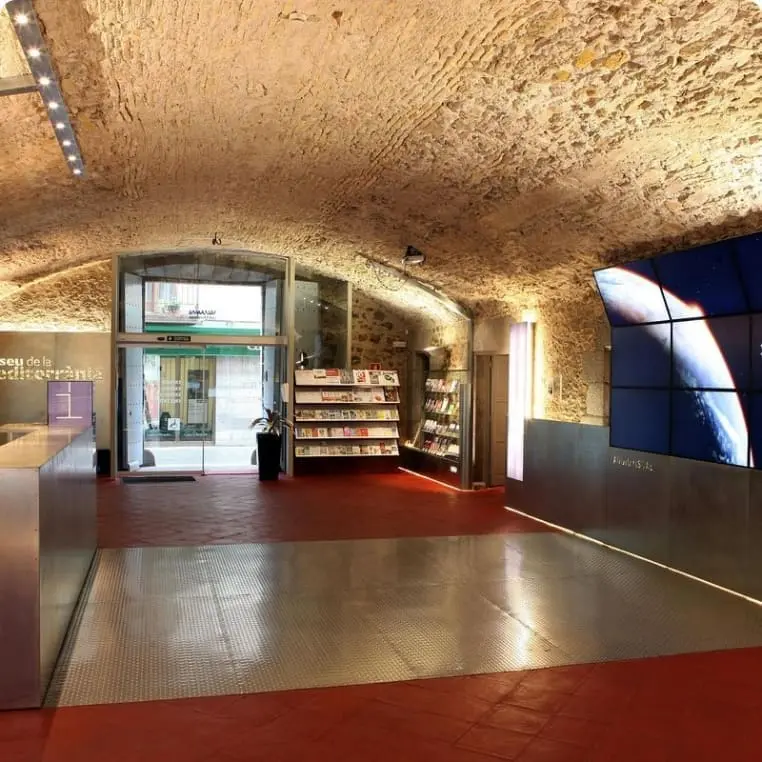
Torroella de Montgrí, embodies the very essence of its county, the Baix Empordà.
Torroella de Montgrí is a former royal town located at the foot of the calcareous Montgrí Massif, surrounded by crop fields and vegetable gardens irrigated by the final stretches of the River Ter.
Torroella de Montgrí is a town with personality, and is an ideal place to spend an enjoyable stay at any time of the year. Visitors can picture the different periods of history that have left their mark on the town from architectural vestiges that make us travel back through time in the blink of an eye.
A relaxing stroll around old Torroella will allow you to savour all the charm of this town. The whimsical layout of its narrow streets, the impressive medieval centre, the rich cultural life, the friendly shops and the affable character of the people will make you enjoy your stay with us all the more.

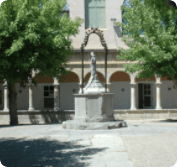
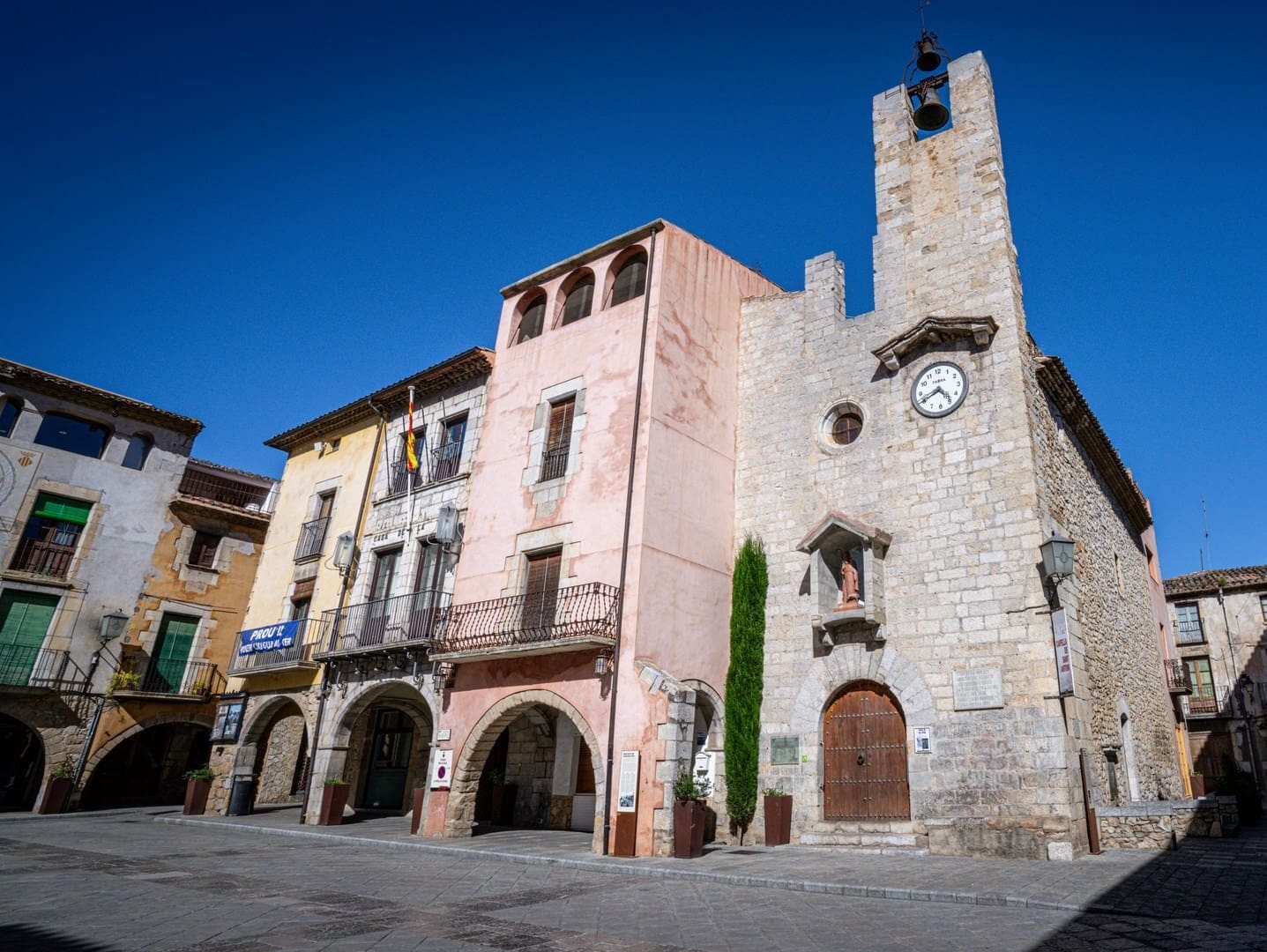
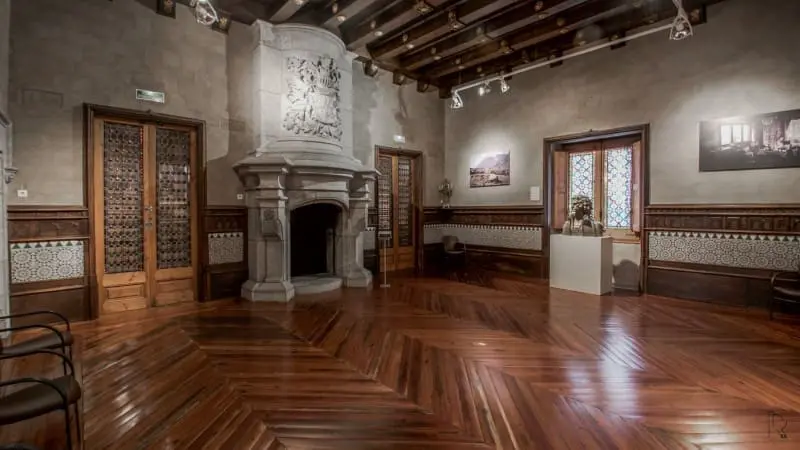
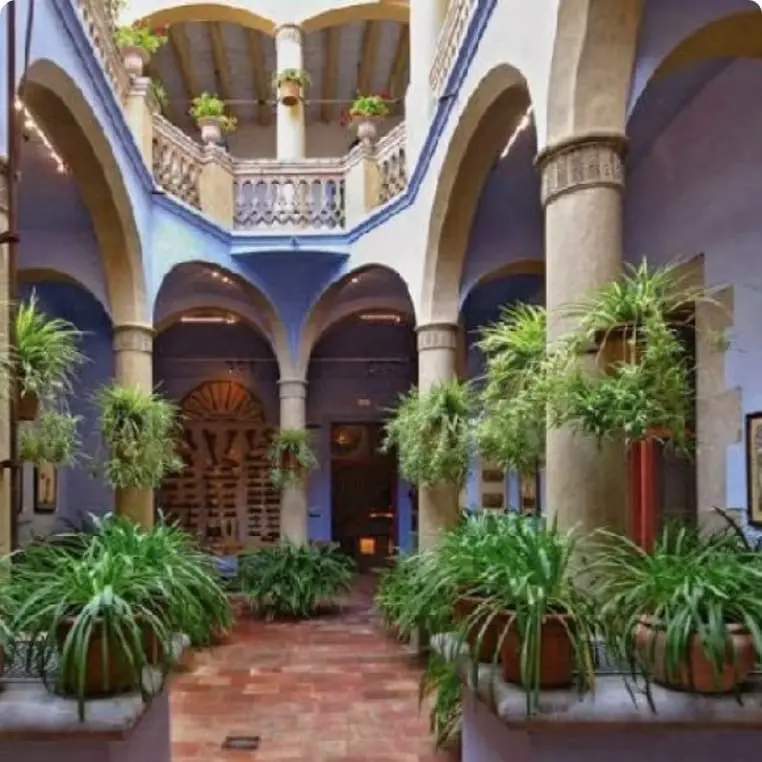
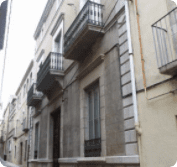
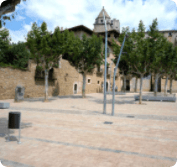
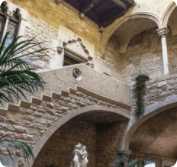
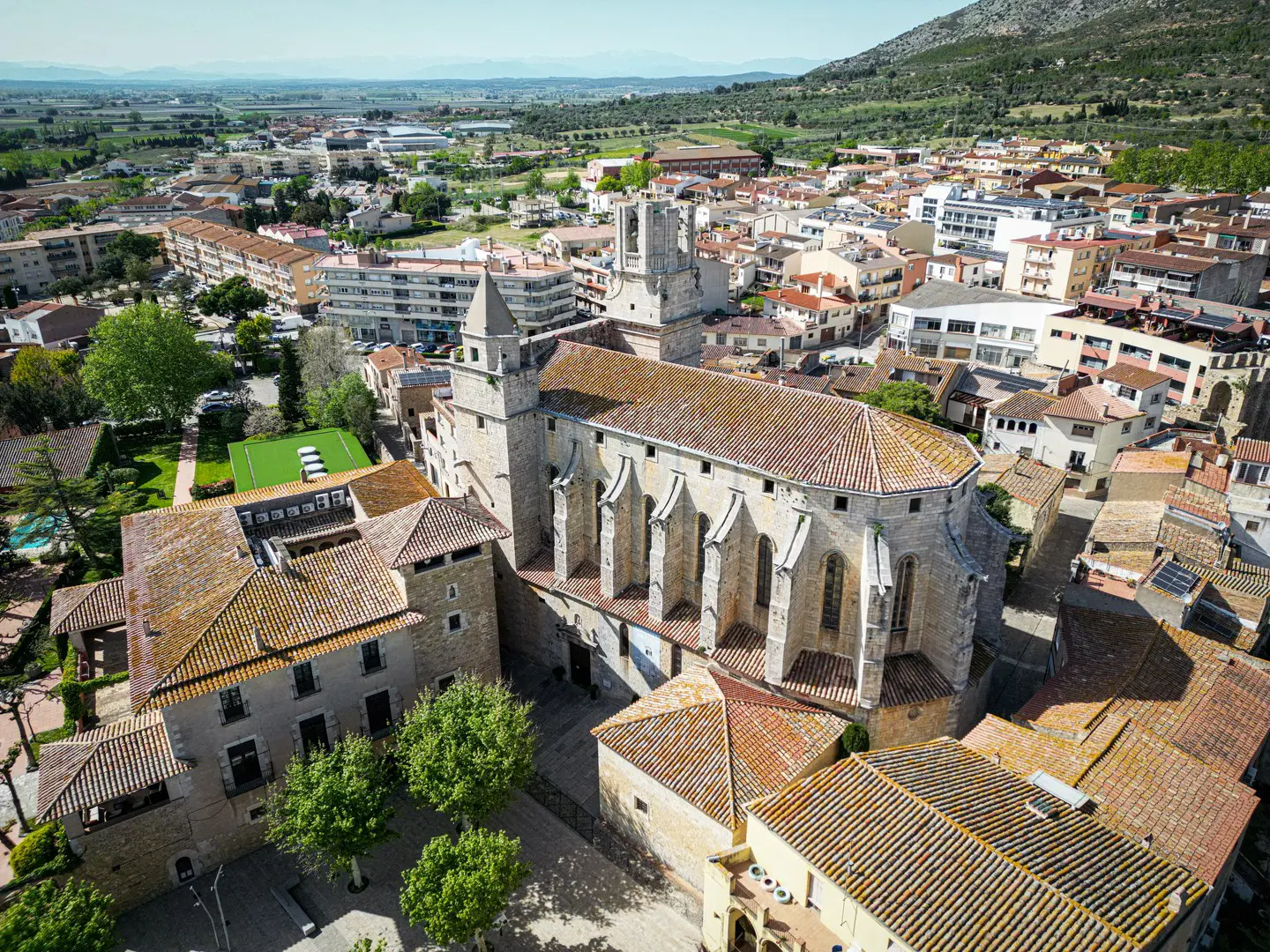
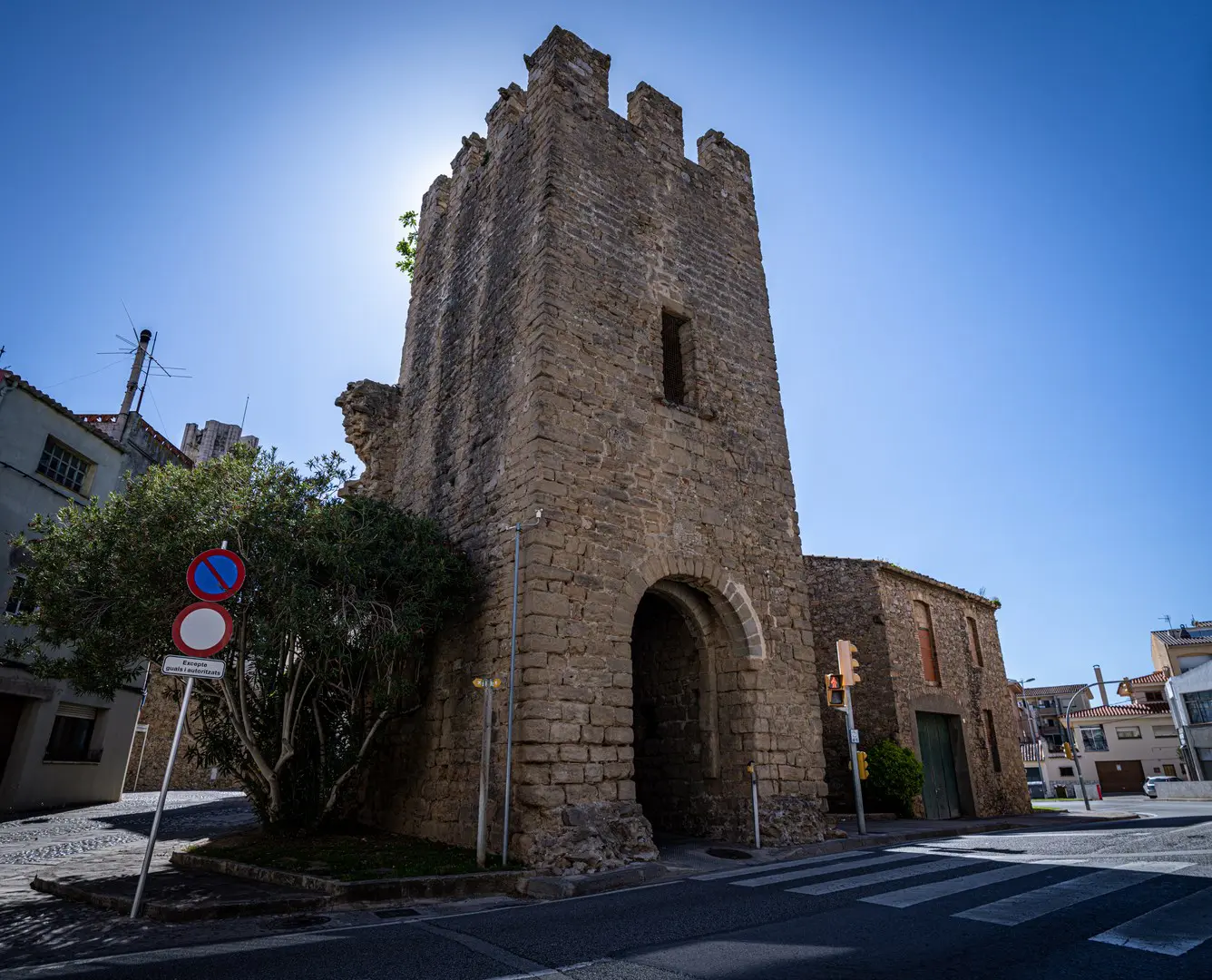
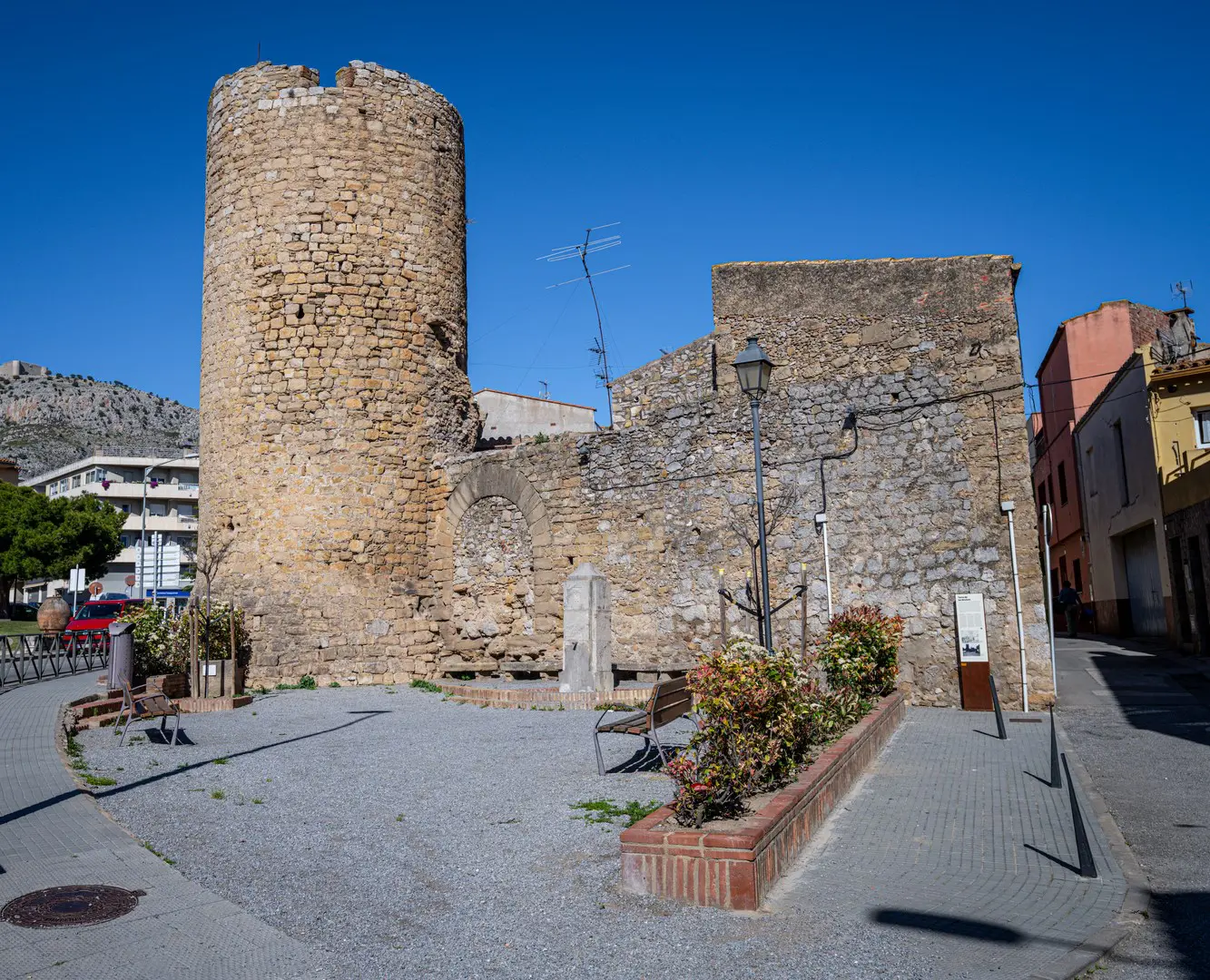
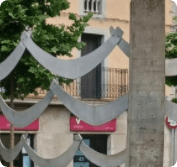
The territory covered by the Natural Park offers a unique cultural landscape in Catalonia where you can see the interaction between man and the environment from the Palaeolithic period to the present day.
The discovery of this magnificent land shows how varied the needs of human beings are in the environment that surrounds them. On the mountain there are remainsof prehistoric caves, traces of lime kilns, dry stone walls, shacks, troughs and stone chapels. Elements that tell you about the history of the people of the past and create a picture of the landscape of the Baix Empordà.
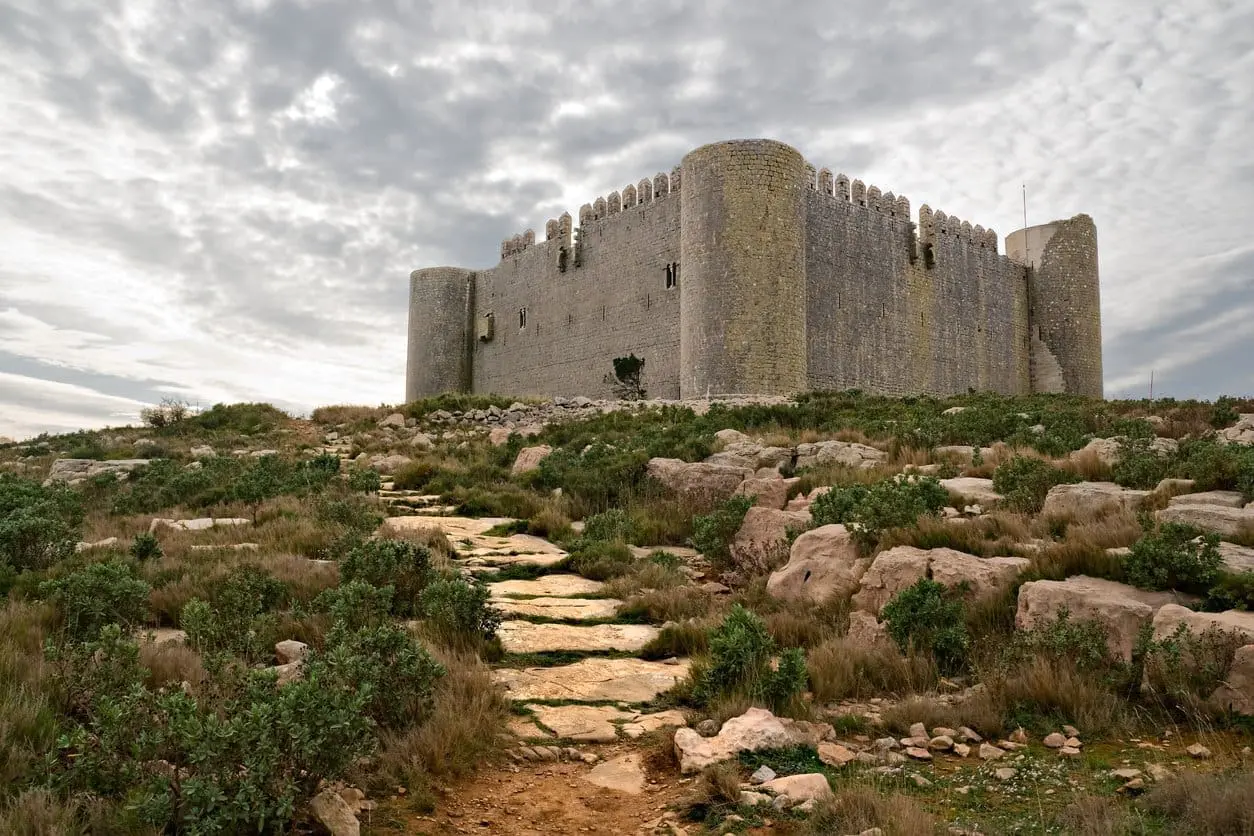
Built between 1294 and 1301 by order of King Jaume II, Montgrí Castle was designed as a strategic fortress to counter the influence of the County of Empúries. Though construction was never fully completed—leaving only the outer walls and square-shaped towers—the castle remains a powerful symbol of Torroella de Montgrí.
Perched atop the Montgrí Massif, the castle offers one of the highest and most spectacular viewpoints in the Empordà, providing a 360-degree panoramic view of the entire region. From north to west, visitors can admire the Bay of Roses, Empúries, Canigó, the Pyrenees, Montseny, Gavarres, Baix Ter, and the Bay of L’Estartit, including the Medes Islands.
Accessible on foot from Torroella, Montgrí Castle is a must-visit for hikers and history enthusiasts, offering a rewarding blend of medieval heritage and breathtaking landscapes.It can be accessed on foot, from Torroella.
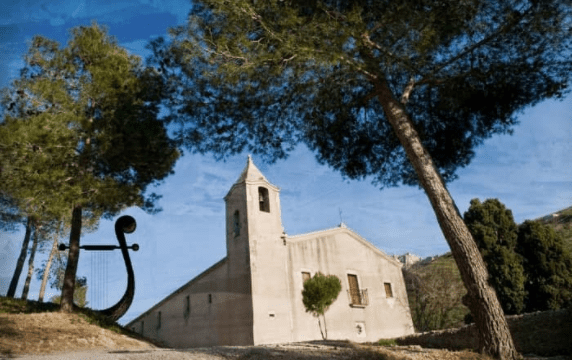
Nestled in the Santa Caterina Valley, at the heart of the Montgrí Massif, the Hermitage of Santa Caterina was founded in 1392 by three Benedictine monks from Montserrat Monastery. Although the original structure has undergone multiple renovations, its historic essence remains intact, and the site is open to visitors.
The ground floor houses the chapel, while the upper floor contains the living quarters once occupied by the hermit’s family. The basement preserves the original outbuildings, offering insight into the site’s past. In the courtyard, a well holds a unique place in local folklore, as legend claims it was the source from which children were said to come.
Art, music and heritage place Torroella de Montgrí and l’Estartit among the major cultural destinations of Catalonia.
Our musical heritage comes from way back and we can be truly proud of this rich tradition. The town has a comprehensive annual programme of musical recitals, concerts and sardana dancing, as well as the prestigious summer Festival de Torroella.
It is also a town of painters, sculptors, writers and photographers, with a dynamic cultural scene that has attracted several private foundations and art galleries: Vila Casas Foundation, Mascort Foundation, Atrium Roca Sans and Traç d’Art (L’Estartit), and municipal spaces such as St Anthony’s Chapel in Torroella and the Municipal Exhibition Hall in L’Estartit.

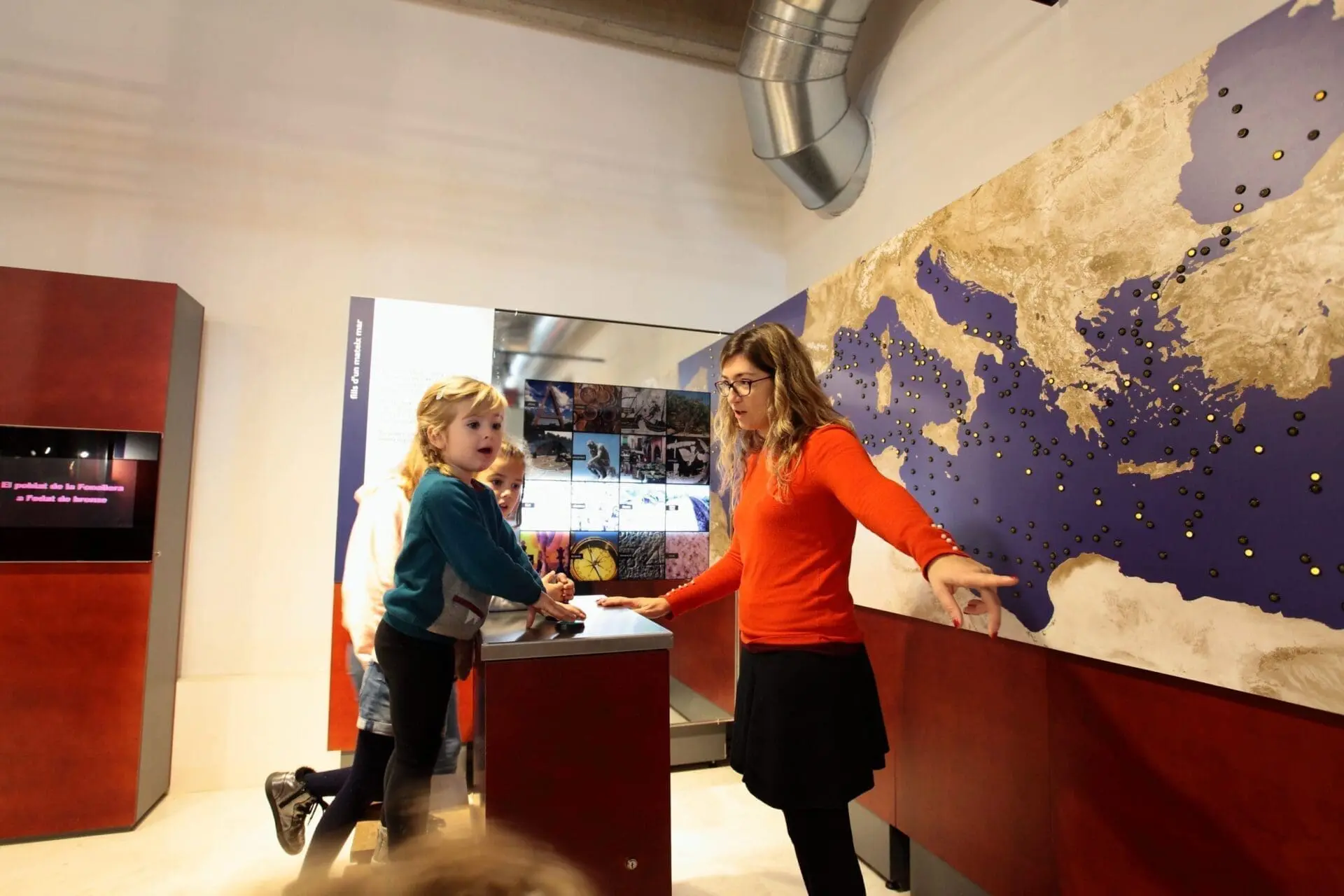
The Museum of the Mediterranean invites you to discover and explore the Mediterranean region, starting with the Montgrí Massif, the Baix Ter Plain, and the Medes Islands. This hands-on experience allows visitors of all ages to immerse themselves in the aromas of the Mediterranean, listen to its sounds and music, delve into its history, and enjoy a panoramic audiovisual presentation of the Mediterranean today.
The museum also serves as the Interpretation Centre for the Montgrí, Medes Islands, and Baix Ter Nature Park. Since its opening in 2003, the Museum of the Mediterranean has been a testament to our commitment to preserving local culture. Its mission is to interpret, share, and protect the natural and historical heritage of the Montgrí Massif, the Baix Ter Plain, and the Medes Islands.
The Teatre Espai Ter Auditorium is a modern facility developed by the Torroella de Montgrí Town Council, offering unique versatility and adaptability, making it one of a kind in Catalonia.
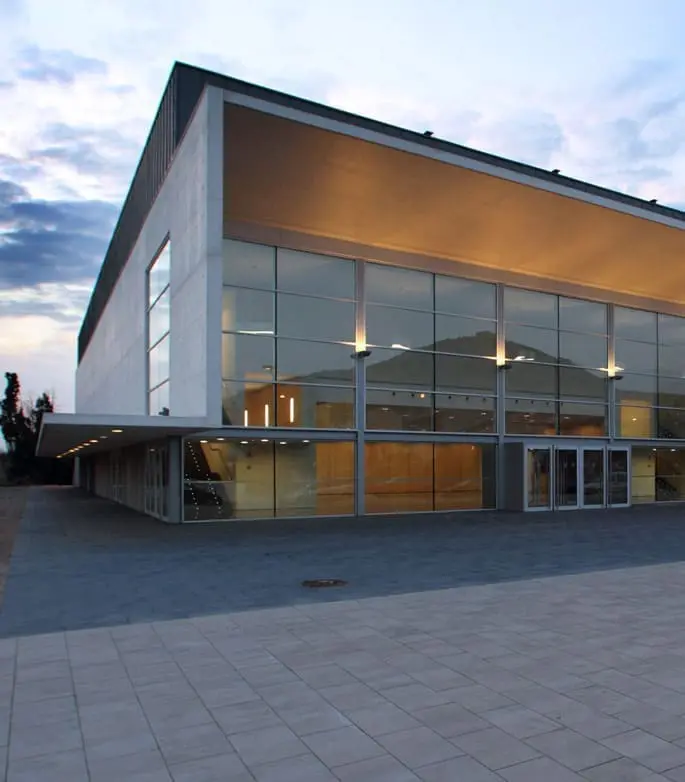
Follow us on the Social Media